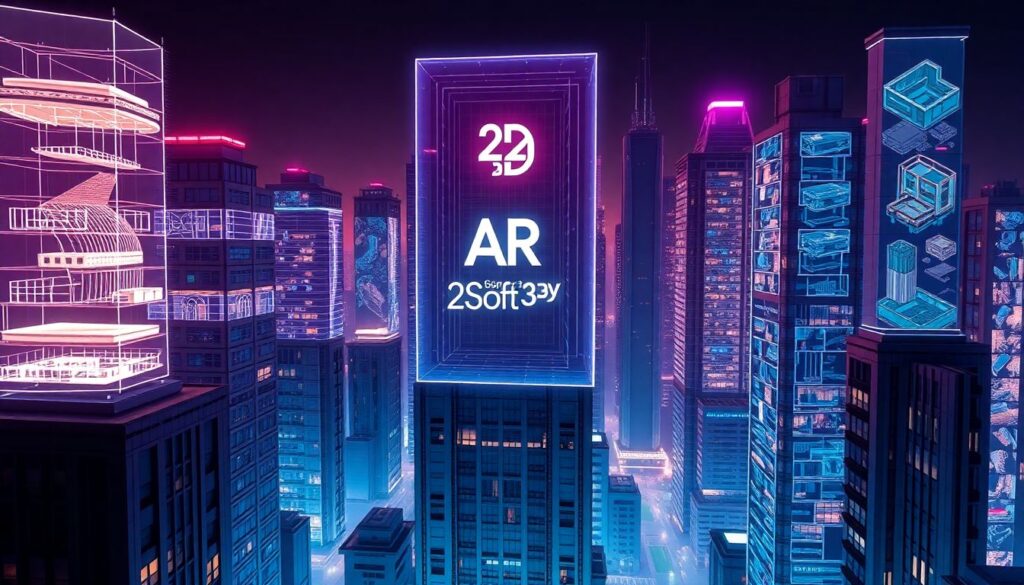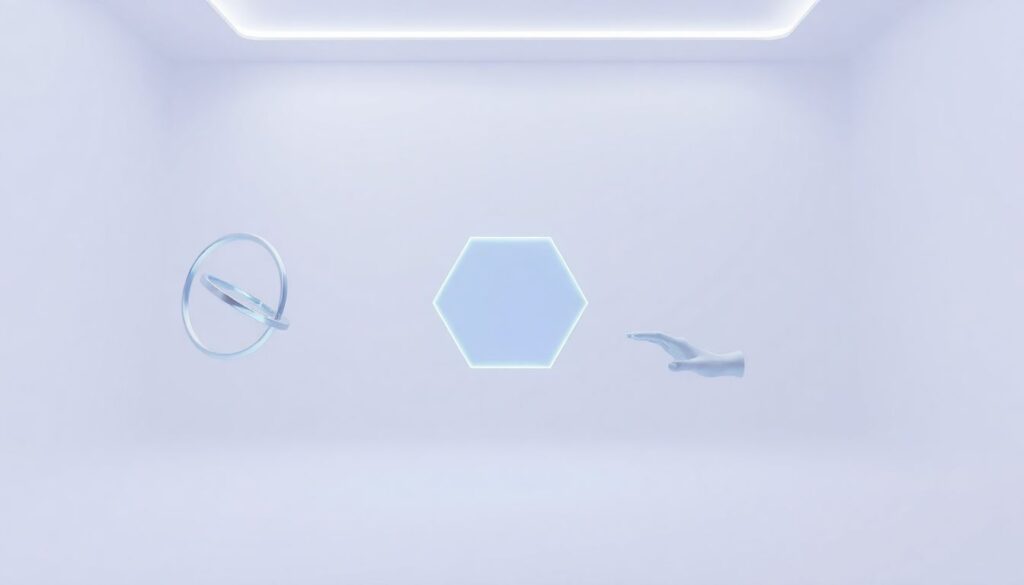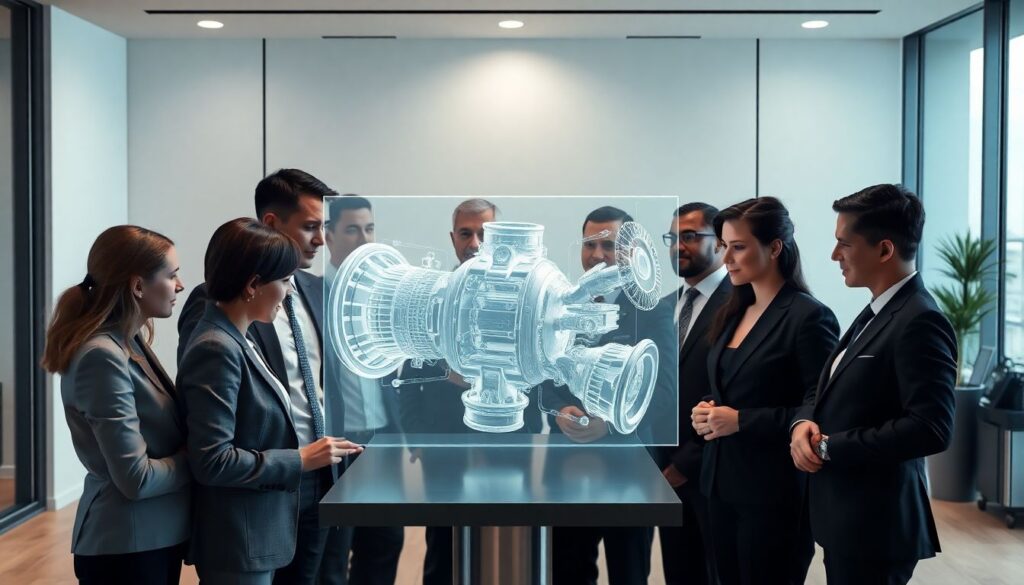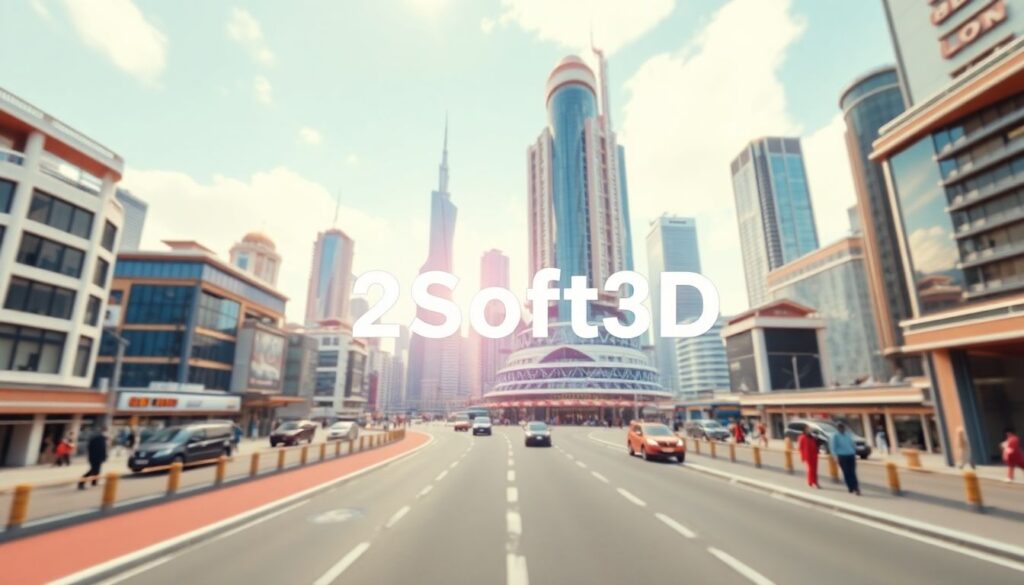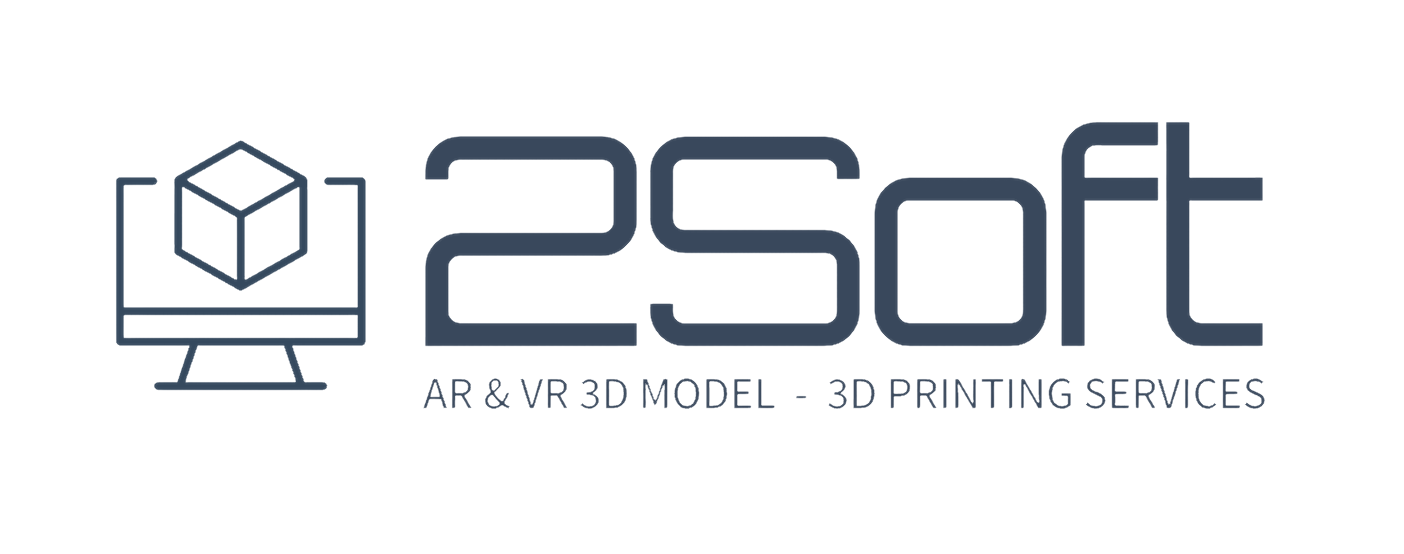
Polycount optimization plays a crucial role in 3D game development, especially for performance, visual quality, and the smooth functioning of the game across a range of devices. Here are the key reasons why optimizing polycount is important:
What Role Does Polycount Optimization Play for 3D Game Development?
1. Improved Performance (Frame Rate)
- Reducing Computational Load: The more polygons an object has, the more data the GPU and CPU must process. By reducing unnecessary polygons, you lighten the load on hardware, which can improve the game’s frame rate, especially on lower-end devices.
- Faster Rendering: High-poly models require more time to render. Optimizing polycount ensures the game runs more efficiently, leading to faster load times and smoother gameplay, even in complex scenes.
2. Memory Usage Efficiency
- Lower VRAM Usage: High-poly models consume more VRAM (video RAM). Optimizing polycount allows you to save memory, ensuring that the game runs without running into memory limitations, particularly on consoles or mobile devices where VRAM is limited.
- Textures and Shaders: While reducing polycount doesn’t directly affect textures or shaders, it allows you to focus resources on improving those aspects instead, which may result in better overall visual fidelity at a similar memory footprint.
3. Scalability Across Devices
- Mobile & Console Optimization: Mobile devices and consoles have strict hardware limitations compared to high-end gaming PCs. Polycount optimization ensures that 3D models are efficient and perform well on a wide range of devices.
- Multiple LODs (Level of Detail): Implementing different LOD models (with varying polycounts) allows the game to dynamically adjust the level of detail depending on the camera’s distance from objects, balancing visual quality and performance.
4. Faster Load Times
- High-poly models increase the time it takes for assets to load into memory. By optimizing the polycount, you can reduce the size and complexity of your models, speeding up loading times, particularly in open-world games or large levels.
5. Improved Game Stability
- Too many high-poly assets in a scene can lead to instability or crashes, especially on lower-end hardware. Optimizing polycount helps to keep the game stable and prevents performance bottlenecks that could degrade the user experience.
6. Better Animation Performance
- Rigging and Skinning Efficiency: When rigging and animating characters or objects, fewer polygons generally lead to faster skinning and animation processing. High-poly models require more computational power for deformation, slowing down animation systems, especially with complex characters or large crowds.
7. Effective Use of Computational Resources
- Optimizing polycount ensures that the processing power and memory resources are being used effectively. If a high-poly model doesn’t contribute significantly to the scene’s visual quality or gameplay, simplifying it can free up resources for other tasks, such as physics, AI, or gameplay logic.
8. Artistic and Visual Quality Trade-offs
- While reducing polycount may slightly reduce visual fidelity, it’s often a trade-off between quality and performance. Skilled optimization ensures the game retains high-quality visuals, even with lower polycount models, through techniques like normal mapping, efficient texturing, and smart use of shaders to simulate detail without adding excess geometry.
9. Optimization for Virtual Reality (VR)
- In VR, maintaining a high frame rate is even more critical to prevent motion sickness and ensure an immersive experience. Polycount optimization is essential for VR games, as the system must render two views (one for each eye) at high frame rates, demanding the utmost in performance efficiency.
What Role Does Polycount Optimization Play for 3D Game Development?
Techniques for Polycount Optimization:
- Retopology: This process involves reworking a high-poly mesh into a more efficient low-poly one while maintaining as much visual detail as possible.
- Normal Maps and Bump Maps: These textures simulate surface detail on low-poly models, allowing for more efficient geometry while keeping the appearance of high-detail surfaces.
- Mesh Simplification Algorithms: Tools like decimation or mesh reduction algorithms reduce the number of polygons on a 3D model without drastically altering its overall shape.
- Instancing: Reusing models in a scene (for example, using the same model for multiple trees or rocks) helps cut down on unnecessary geometry processing.
In summary, polycount optimization is essential for balancing performance and visual quality. It allows developers to create games that run smoothly across different hardware platforms, offering a visually rich experience without sacrificing game stability or performance. Effective polycount management ensures that resources are focused where they are most needed, whether that’s visual fidelity, gameplay mechanics, or stability.
Easy integration
3D modeling streamlines website integration by offering lightweight and easily embeddable 3D assets, enhancing user engagement. Its adaptability ensures seamless compatibility with various platforms, providing visitors with a visually compelling and interactive online experience. Embracing 3D models on the website creates an immersive environment, fostering more extended user interaction and leaving a lasting impression.


